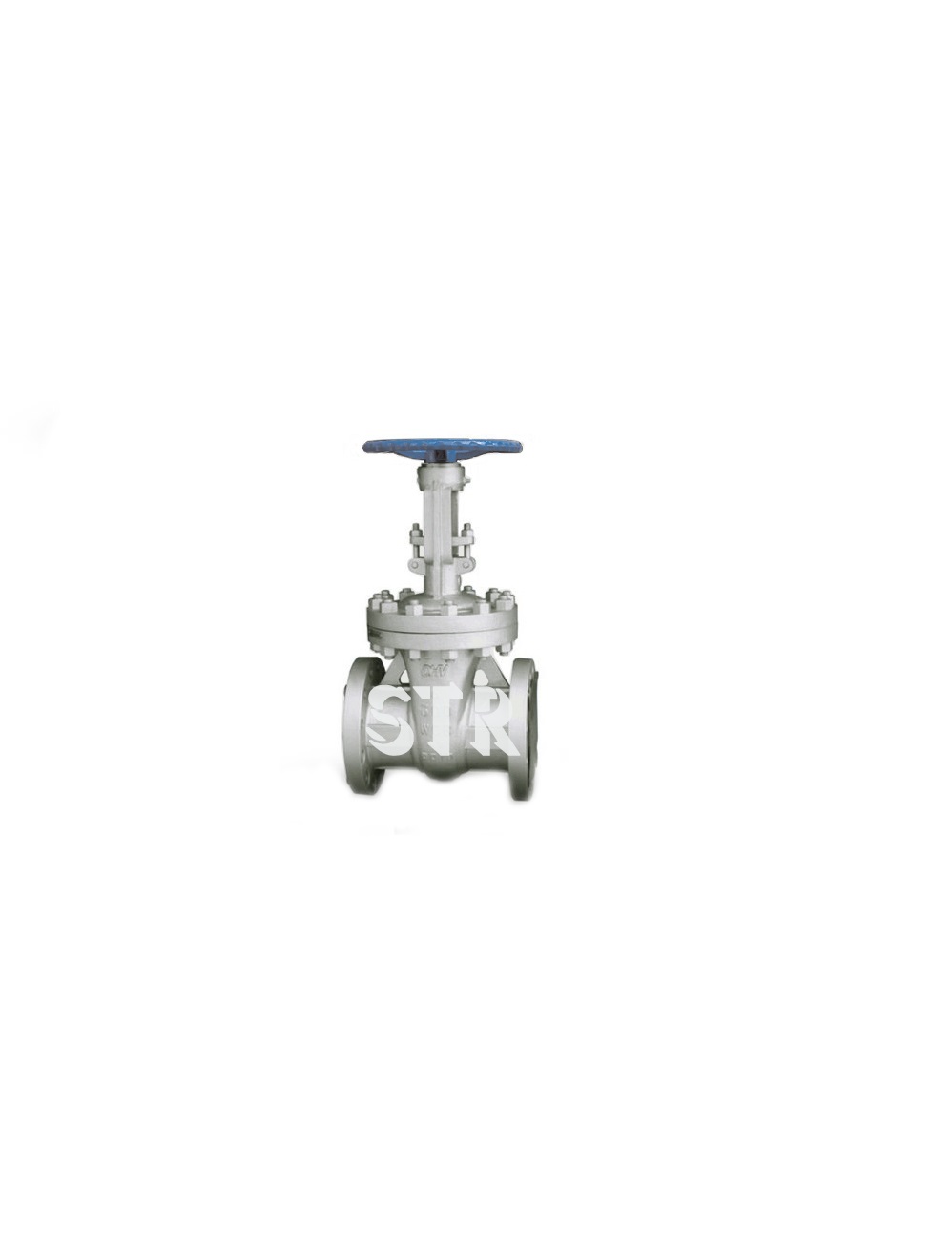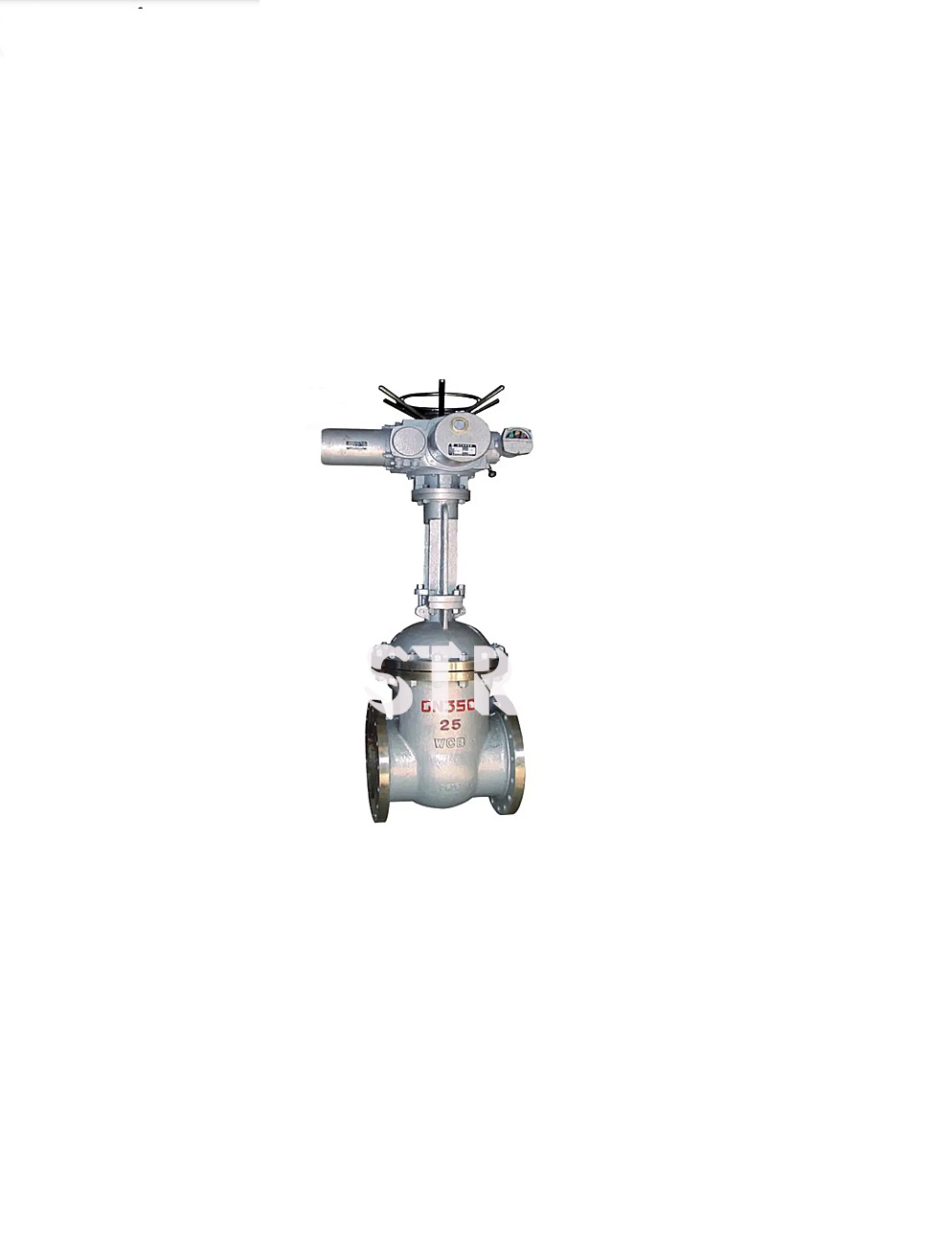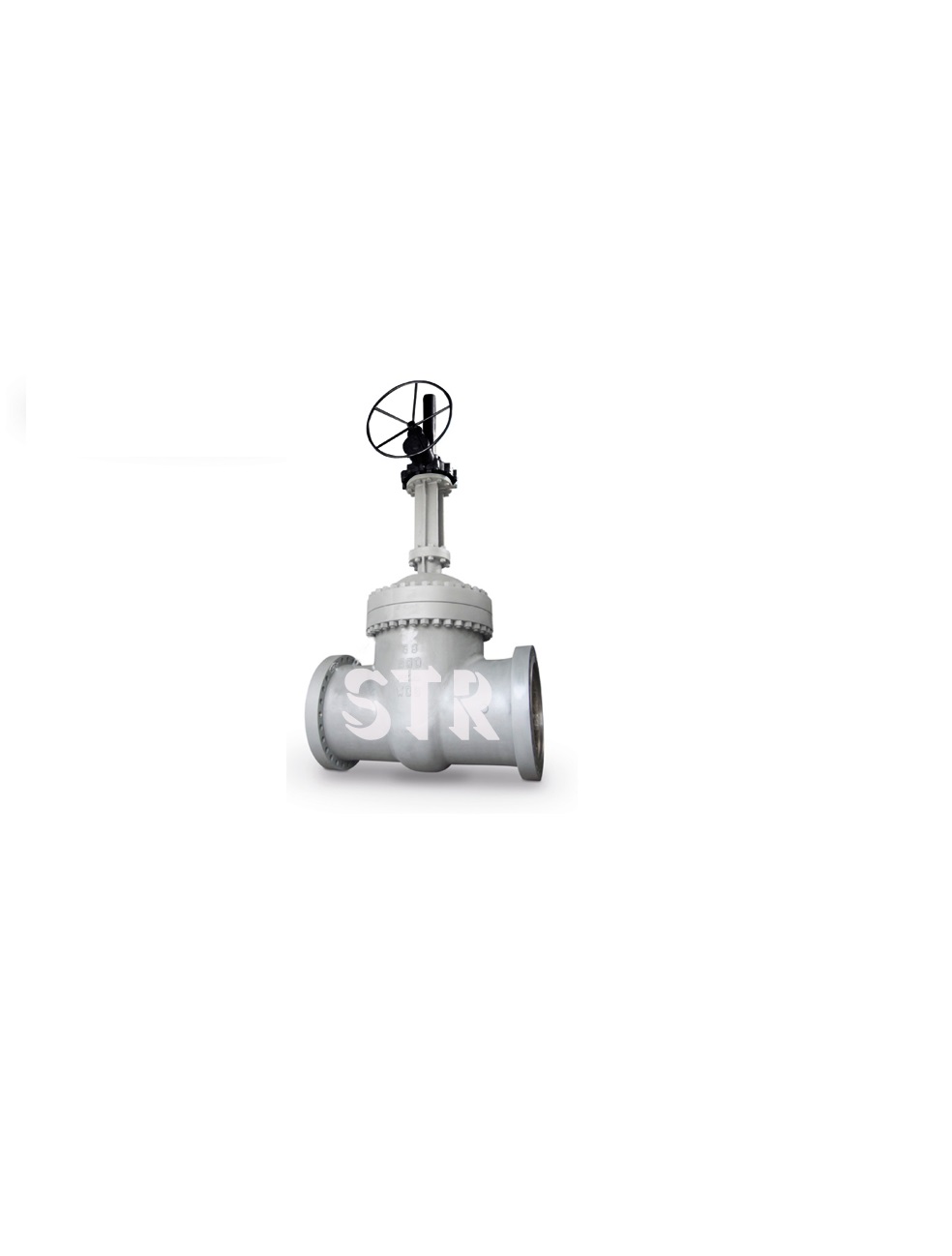GATE VALVE
GATE VALVE
DESCRIPTION AND FEATURES
A gate valve is a type of linear valve used to isolate areas of a fluid supply. As the name suggests, it acts like a gate that shuts off the flow and opens it again when needed.
Gate valves work via a gate or wedge that lifts (opens) or lowers (closes) into the path of the flowing liquid. Motion is produced by an actuator that is connected to the stem of the gate, which may be manual, electrically, pneumatically or hydraulically powered. They may have a rising stem, meaning it is fixed to the gate, or a non-rising stem, where it is fixed to the actuator and remains within the valve body. The latter is most commonly used in the waterworks industry and is suitable for underground applications where there is limited vertical space.
Gate valves may also sometimes be referred to as stop valves, line valves, wedge gate valves and sluice valves, but they are not to be confused with sluice gates or penstocks. These are altogether larger devices used to severe the flow of sewage and water in treatment plants and drainage systems, etc.
Standard, construction and application
Design and Manufacture: Steel gate valve to API 600 or API 6D; corrosion resistant gate valve to API 603
Inspection and Test: API 598, or API 6D.
End flange connection: ASME B16.5 (NPS ≤ 24); ASME B16.47 series A and B, or MSS SP-44 (NPS > 24).
Face to face: ASME B16.10.
Pressure-temperature ratings: ASME B16.34.
Casting: WCB, WCC, Duplex Stainless Steel, Super Duplex Stainless Steel, CF8, CF8M, CF3, CF3M, A995 4A, 5A) Monel, Inconel, Hastelloy,UB6
Forged: A182 F304, F304L, F316, F316L etc.
Sizes: NPS 2 to NPS 48
The gate valve can be used to control the flow of various types of fluids such as air, water, steam, various corrosive media, mud, oil, liquid metal and radioactive media.



